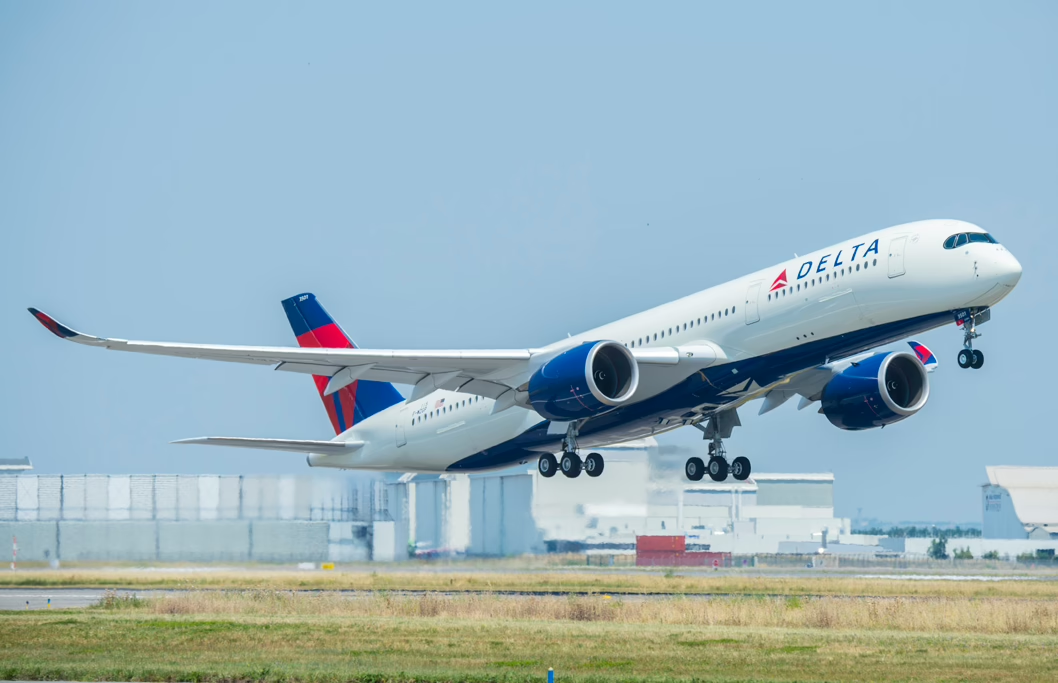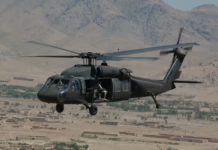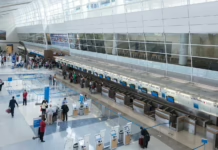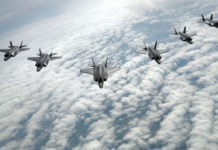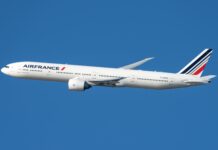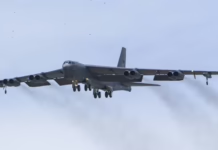Atlanta-based carrier completes fleet standardization plan, replacing remaining A330neo aircraft on transpacific network by spring 2026
ATLANTA – Delta Air Lines will exclusively operate its Airbus A350-900 widebody aircraft on all continental transpacific routes by March 2026, marking the completion of a major fleet standardization initiative that phases out the airline’s newer A330neo jets from Pacific operations.
The final route transition from Seattle to Shanghai, currently served by the A330neo, will switch to A350-900 operations beginning March 28, 2026, according to aviation analytics firm Ishrion Aviation. This changeover represents the last step in Delta’s systematic fleet consolidation across its 17-route transpacific network.
While Delta has not officially announced its reasoning for the fleet shift, industry analysts point to the A350-900’s operational advantages, including its 306-passenger capacity compared to the A330neo’s 281 seats, and the aircraft’s superior range capabilities as likely factors in the strategic decision.
The A350-900 offers a three-class cabin configuration with 32 business class, 48 premium economy, and 226 economy seats. In contrast, the A330neo features a four-class layout with 29 business, 28 premium economy, 56 economy plus, and 168 economy seats – a 25-seat disadvantage that impacts revenue potential on high-demand Pacific routes.
Aviation data provider Cirium confirms the Seattle-Shanghai transition will begin gradually, with three A350 flights scheduled in March 2026 before expanding to 30 monthly operations in April. This methodical approach mirrors Delta’s previous route conversions throughout its transpacific network, much of which already operates with A350 equipment.
Delta’s transpacific presence spans major markets across China, Japan, South Korea, Australia, and New Zealand from hubs in Los Angeles, Atlanta, and Seattle. The airline’s busiest Pacific corridor – Atlanta to Seoul Incheon – operates twice daily, while most other routes maintain daily schedules. Notable exceptions include Los Angeles services to Auckland, Melbourne, and Shanghai, which operate on varying frequencies.
The fleet consolidation affects Delta’s relatively young aircraft inventories. The carrier operates 37 A350-900s with an average age of 5.1 years, while its 33-strong A330neo fleet averages just 2.8 years. Despite the A330neo’s newer status, Delta appears to prioritize the operational benefits of a single long-haul Pacific fleet type.
Industry observers suggest the standardization strategy aligns with broader airline trends toward operational efficiency. A unified fleet reduces pilot training requirements, simplifies maintenance procedures, and streamlines spare parts inventory – factors that typically translate to cost savings and improved schedule reliability.
The move also positions Delta competitively in the lucrative transpacific market, where U.S. carriers continue expanding their Asian networks amid recovering international travel demand. The additional capacity offered by the A350-900 provides flexibility to capture premium traffic on routes where business travel remains strong.
As the transition progresses, passengers on Delta’s Pacific routes can expect consistent cabin experiences across the network, with the A350-900’s quieter engines and improved air quality systems representing upgrades from older aircraft types previously deployed on these routes.
Delta’s ch-aviation data shows the carrier’s commitment to long-haul fleet modernization continues, with the A350-900 serving as the cornerstone of its international growth strategy through the remainder of the decade.

Key Takeaways
- Delta Air Lines will operate all 17 continental transpacific routes exclusively with Airbus A350-900 aircraft by April 2026.
- The final route transition occurs March 28, 2026, when Seattle-Shanghai switches from A330neo to A350 service.
- Fleet standardization eliminates the newer A330neo from Pacific operations despite its 2.8-year average age.
- The A350-900 offers 306 seats compared to the A330neo’s 281-seat configuration, providing 25 additional seats per flight.
- Operational benefits include simplified crew training, maintenance efficiency, and improved schedule reliability through single-type operations.



